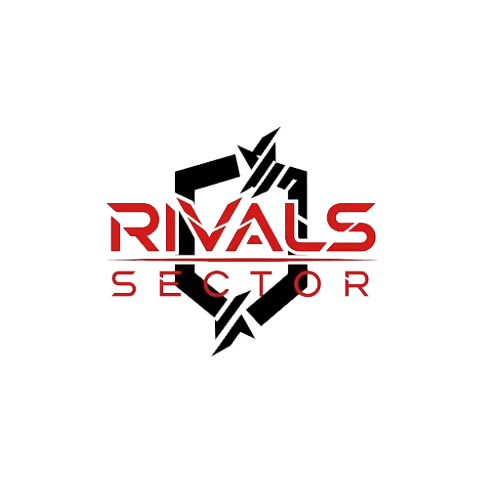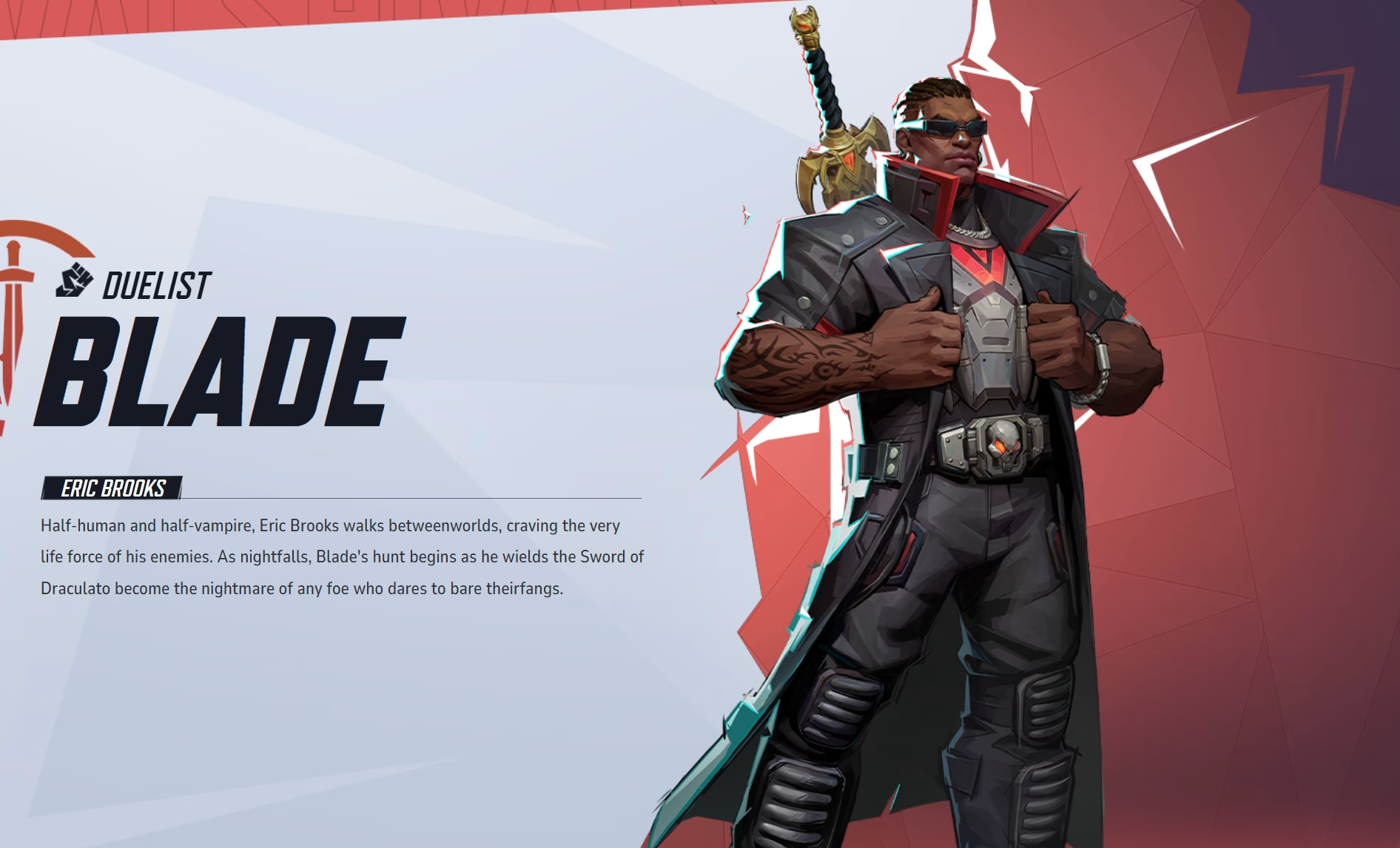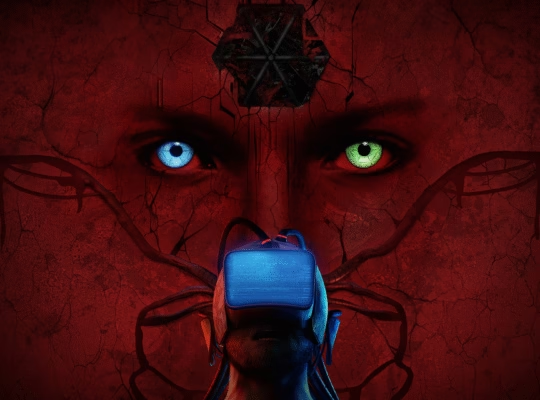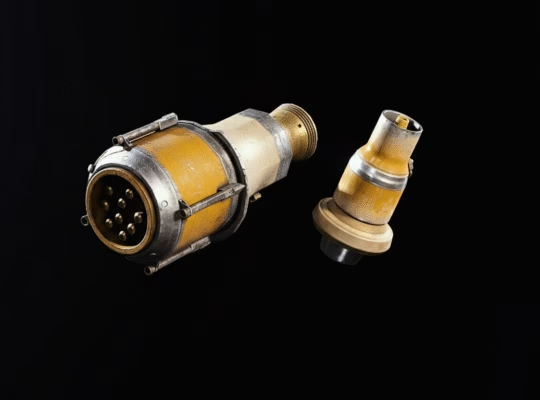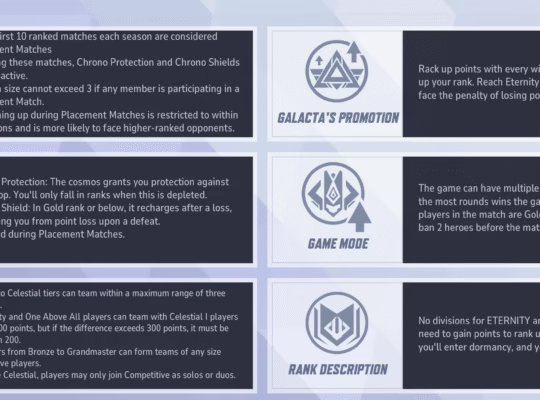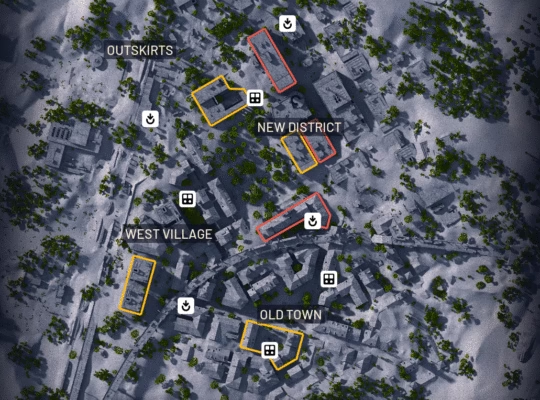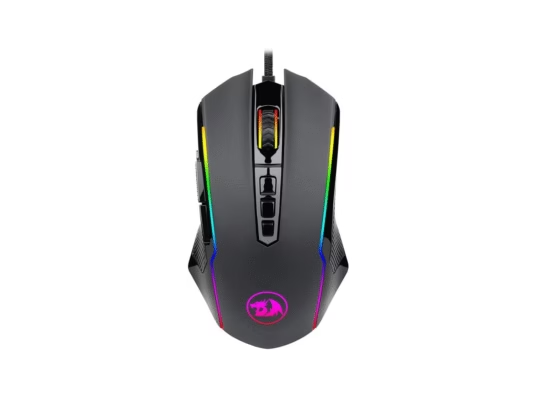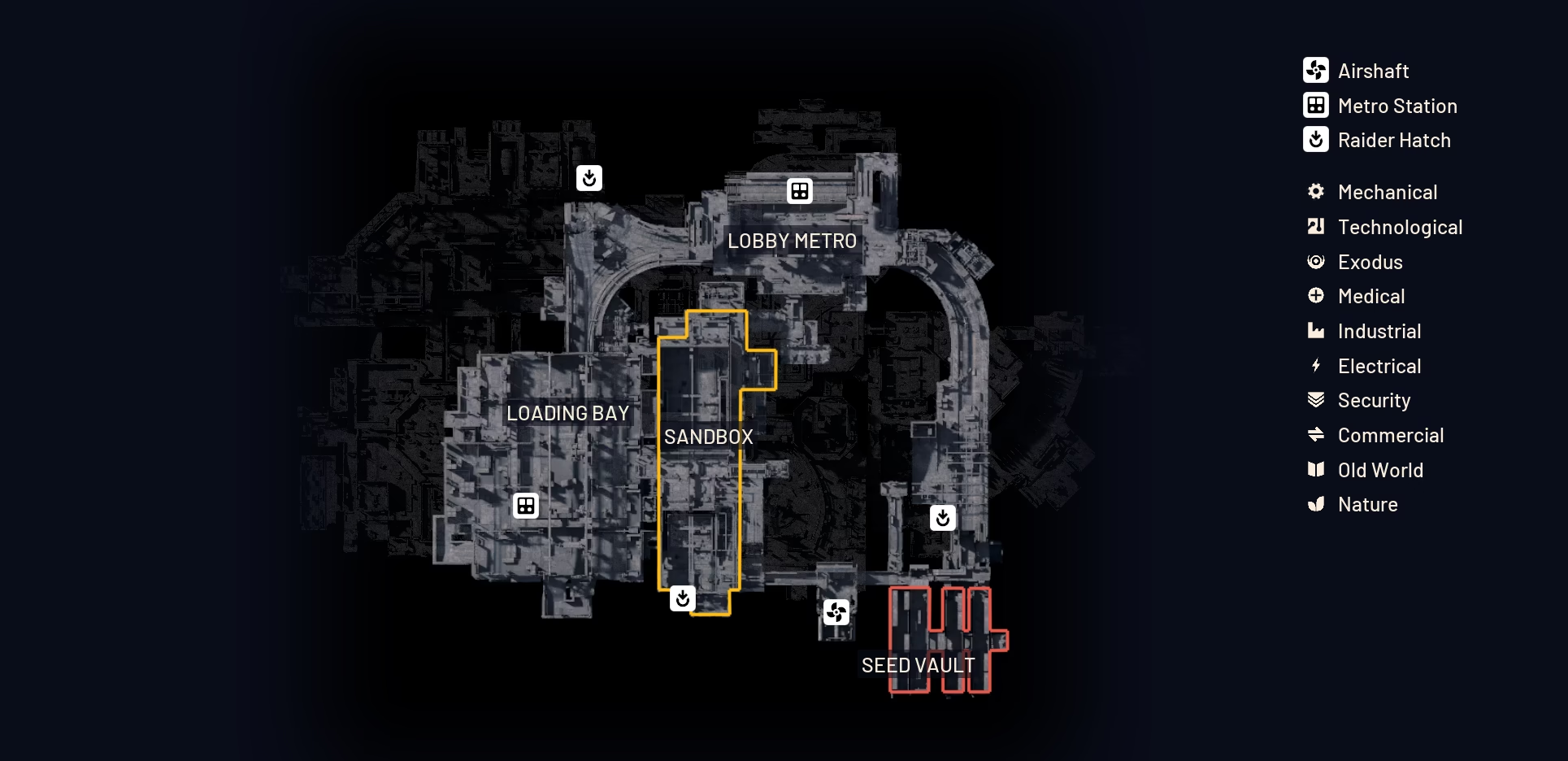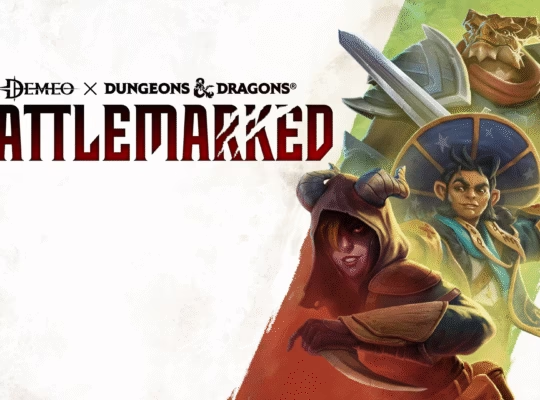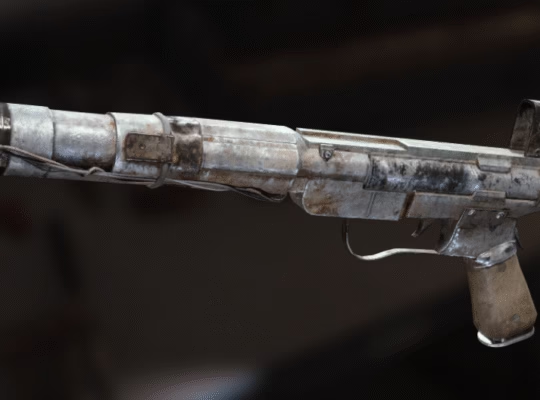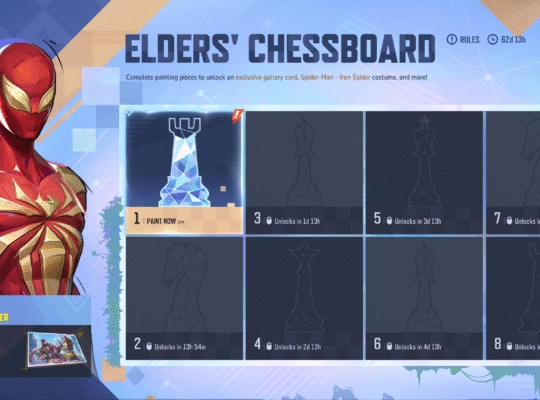Blade in Marvel Rivals is a high-impact Duelist designed to punish teams that rely on sustained healing and self-sustain mechanics, while also offering strong mobility and self-healing via lifesteal. His kit centers on weapon switching, a dash that applies different debuffs depending on the weapon, a temporary vampiric state that grants lifesteal, a parry-style defensive tool, and a wide-area ultimate that also reduces enemy healing. The character may be intended to shift metas where prolonged heal-based fights dominated, and early balance patches have already tweaked his numbers, which suggests developers view him as a potentially meta-defining hero. Readers who want the short, practical snapshot will likely benefit from the quick reference table below, which collects the essential facts many players want to see before they decide to learn a new hero.
| Role, Primary Function | Core mechanics, Tactical focus | Typical engagement range | Strengths, What he punishes | Weaknesses, When he struggles |
| Duelist, anti-heal and lifesteal hybrid | Weapon switch between sword and shotgun, dash with weapon-dependent debuff, vampiric buff for sustain, parry and reset tool, AoE ultimate | Close to mid range, depends on weapon choice | Disrupts healing teams, excellent at isolating backline targets, strong mobility and sustain | Vulnerable to long-range poke and crowd-control chains, requires precise timing and team setup |
The table above condenses the most actionable points, and it is meant to set expectations. As discussed by experts at Rivals Sector, Blade is not only about raw damage output, he is about timing, target priority, and denying opposition sustain while staying alive long enough to convert damage into healing. The rest of this guide explains his abilities in detail, covers how to play him from early to late stages of a match, suggests team compositions that maximize his strengths, and highlights counter play and technical considerations players should be aware of.
Abilities, Explained In Practical Terms
Blade’s kit is composed of weapon attacks and four named abilities that interact with his lifesteal and anti-heal theme. Understanding precisely what each tool does, and why it matters in real fights, is essential to mastering him.
Normal attacks and weapon swap, practical notes
- Blade uses a shotgun for mid-range pokes, and a bladed sword for close-quarters burst. The shotgun provides safe poke and damage windows from distance, while the sword enables quicker slashes and combo follow-ups. Successful play requires fluidly swapping between these options to control pacing and apply the correct follow-up effect.
Daywalker Dash, tactical uses
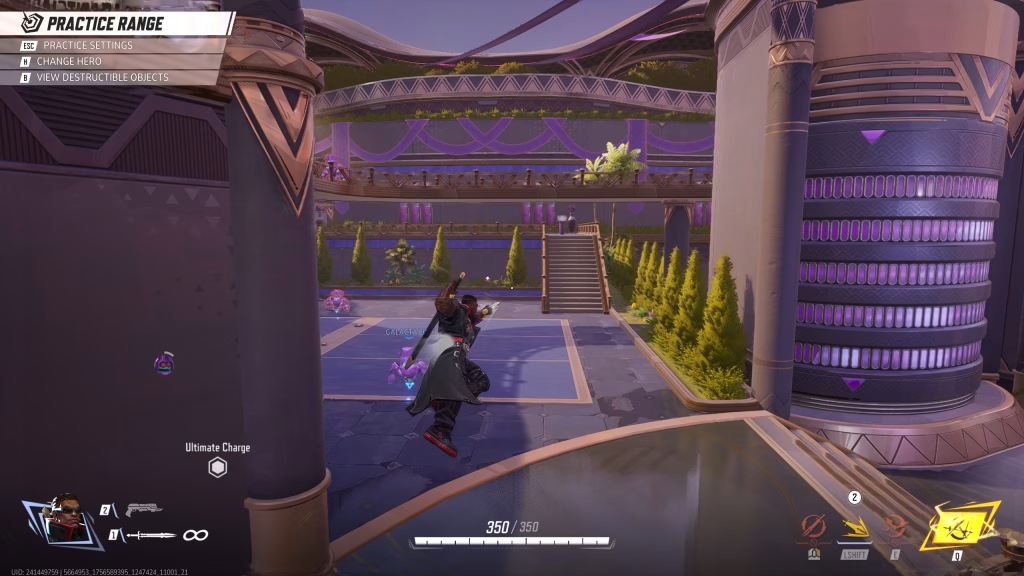
- The dash serves both as engage and utility, and it changes effect based on the weapon equipped. With the gun, the dash applies a healing reduction debuff to targets hit, which directly counters lifesteal and regeneration. With the sword, it applies a slow, enabling chase or peel depending on the situation. This difference makes dash choice situational rather than cosmetic.
Bloodline Awakening, how to time it
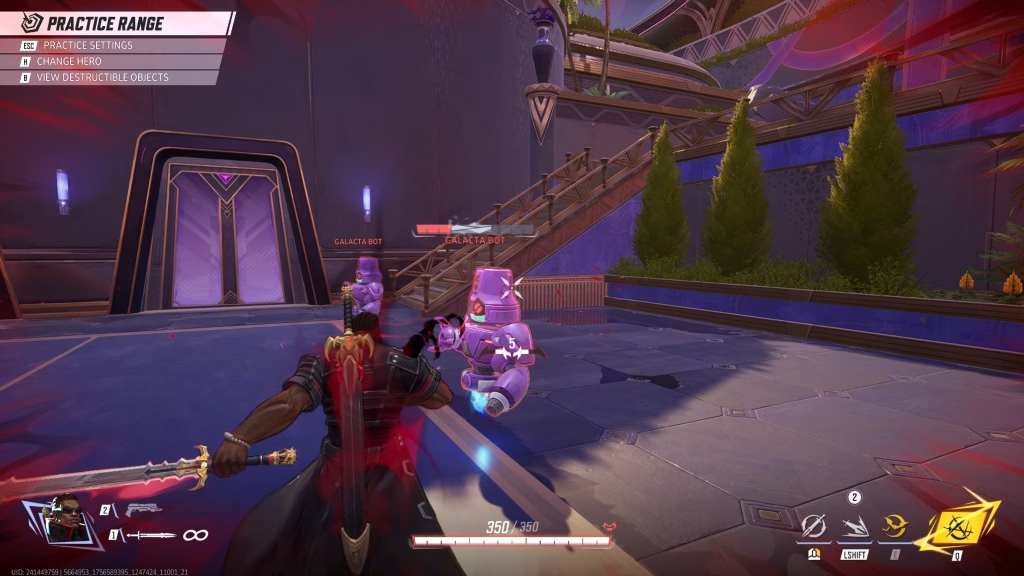
- This ability temporarily grants lifesteal and increases slash speed, effectively turning Blade into a self-sustaining duelist for a limited window. It pairs best with moments when you can chain hits without interruption, for example after crowd control from allies or after successfully isolating a target. A key trade-off to remember is that some versions of his kit apply a self-healing reduction on incoming heals while granting lifesteal, which balances his sustain.
Scarlet Shroud, defensive applications

- Scarlet Shroud is a parry-style tool that grants brief damage reduction and can reset dash cooldown, enabling rapid repositioning or extended aggression. Use it to survive predictable burst damage, then immediately dash through or away to maintain momentum or escape.
Thousand-Fold Slash, ultimate usage
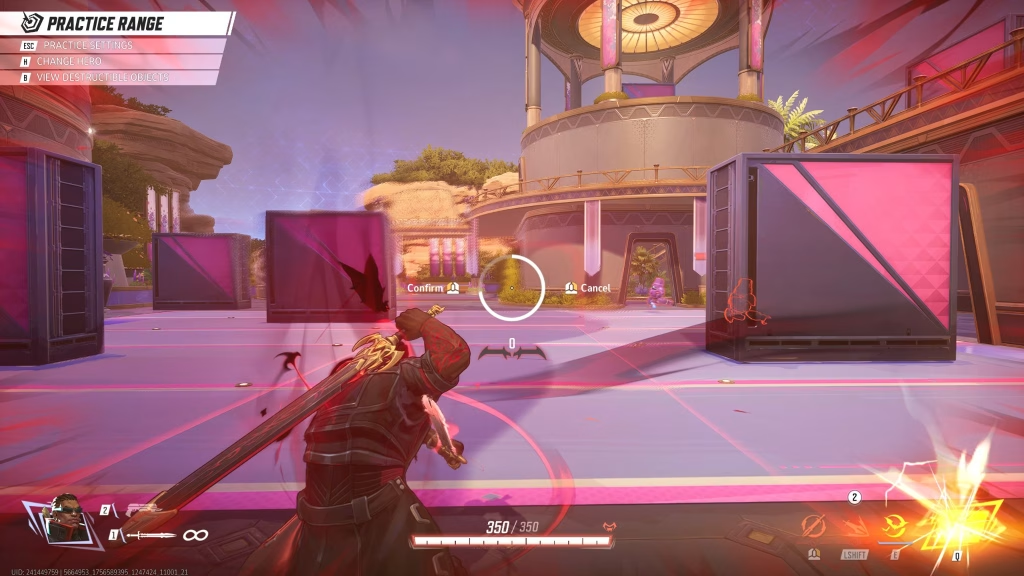
- Blade’s ultimate is a high-mobility AoE dash followed by rapid slashes that apply healing reduction to all enemies hit. It functions both as an initiator to open fights and as a finisher to deny enemy recovery in climactic moments. Because it has an anti-heal component, it is especially impactful when used to interrupt enemy ultimates or to secure eliminations on heal-reliant targets.
Team-up ability, New Moon and synergy
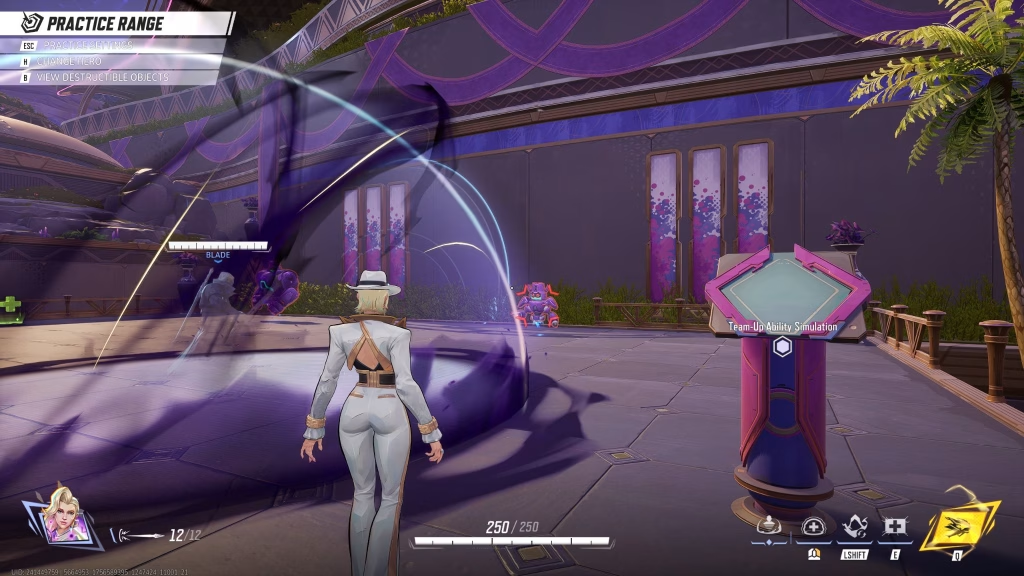
- Blade’s team-up ability, New Moon, creates a temporary dome in which Blade can become invisible or receive a team-linked effect, then exit with a surprise strike. This tool multiplies his threat when combined with allies who can follow up with AoE or crowd control. Using the dome to reposition for a backline attack is one of Blade’s most potent tactics, and coordinating the timing with teammates yields high-value eliminations.
How To Play Blade, Step By Step
Mastering Blade in Marvel Rivals is fundamentally about rhythm, timing, and target selection. Below are practical sequences and decision rules to guide you from early skirmishes to full scale team fights.
Early game, play safe and probe
- In early exchanges, favor the shotgun to poke from mid-range and to test enemy cooldowns. Use Daywalker Dash with the gun when you suspect enemy sustain – a single well-timed healing reduction can force opponents to retreat or to waste consumables. Scout enemy team composition and prioritize whether your lifesteal will be sufficient or whether you must rely on team setup.
Mid game, look for picks and coordinated engages
- When your team has some crowd-control or zoning space, Bloodline Awakening becomes more potent. Wait for a clear opening, then activate lifesteal, dash to secure a target, and use Scarlet Shroud as an insurance if the enemy replies with burst. The most efficient engages are those where you can string dash, lifesteal, and ultimate effects to deny healing and secure a kill.
Late game, objective and anti-heal focus
- In objective fights, your role is to neutralize enemy sustain, preventing clutch heals and zone ultimates from turning the tide. Your Thousand-Fold Slash should be timed to coincide with enemy healing windows or to punish ultimates that rely on sustained HP. If your team lacks setup, coordinate with tanks or control heroes to ensure your ultimate connects.
Specific combo examples, explained
- Simple execute combo: shotgun poke until target is low, gun dash to apply healing reduction, activate Bloodline Awakening while closing with the sword, finish with rapid slashes and Scarlet Shroud to survive any counter. Use your ultimate if multiple enemies cluster or if a healing ult is being channeled.
- Surprising flank combo: enter New Moon dome to gain invisibility, exit on the flank with Thousand-Fold Slash aimed at the backline, and rely on lifesteal to sustain through the tug of retaliation.
Remember, Blade’s power is conditional, not absolute – it is strongest when his timing is clean and when the opposing team depends on healing.
Best Team Composition, Roles That Amplify Blade
Blade benefits most from teammates who provide hard crowd control, zoning ultimates, or follow-up burst that converts his disruption into kills. The following tables and explanations summarize ideal partners, acceptable partners, and risky teammates.
| Category, Ideal partners | Why they work with Blade |
| Control and crowd control – Groot, Doctor Strange, Magneto | These heroes lock enemies in place or group them, making Blade’s AoE ultimate and dashes land reliably and maximizing anti-heal uptime |
| Burst follow-up – Star-Lord, Mantis | These heroes add immediate damage once Blade has denied heals, turning a wounded target into a confirmed elimination |
| Displacement and peel – Hulk, Peni Parker | They create space for Blade to enter or protect him while he channels lifesteal windows |
| Invisibility and setup – Cloak & Dagger, Moon Knight | Team-up invisibility or stealth allows Blade to execute flank strategies safely and initiate surprise ultimates |
| Category, Acceptable partners | Notes on playstyle |
| Sustained damage but low CC – Phoenix, Hawkeye | They supply damage but do not reliably enable initiation, so coordination is still needed |
| Hybrid controllers – Wanda, Mantis | These can complement Blade, but overlapping major crowd control may be redundant without careful timing |
Avoid compositions that deny Blade safe approach, such as long-range poke teams with multiple snipers, or teams that excel at raw burst without giving Blade the time to lifesteal back his HP. Tanks that are pure peel but offer no reliable lock-down will not always provide the follow-up Blade needs to convert his heals into kills.
Counters And Matchups, How To Adapt
Understanding who counters Blade and how to adapt your play is crucial.
Heroes and strategies that give Blade trouble
- Long-range snipers and pokers that can chunk him before he closes the gap, for example, characters that reliably outrange his shotgun, force him to overextend, and punish aggressive dashes.
- Heavy crowd control chains that lock him down before Scarlet Shroud can be used, or that interrupt his lifesteal window.
- Zoning ultimates and area-denial tools that prevent clean flanks and make his AoE ultimate less effective.
Adaptation rules
- Against poke, rely on smoke, terrain, or team-up invisibility to approach; avoid direct head-on engages until you can close distance safely.
- Versus heavy CC, time Scarlet Shroud defensively to absorb the first expected chain, then reset your dash for repositioning.
- If opponent comp is heal-free, prioritize raw damage and securing backlines, instead of prioritizing anti-heal windows.
Mechanics, Numbers And Patch Context
Developers have already adjusted Blade’s numbers in early patches, changing lifesteal and self-heal reduction values to balance his sustain. For example, recent updates increased lifesteal percent during his vampiric state while slightly reducing the self-heal reduction applied, and many guides cite specific windows where his anti-heal can be chained across multiple abilities to create an extended healing denial window. These balance tweaks mean that Blade’s viability and exact optimal play may shift over time, and players should expect meta adaptation. Keep an eye on patch notes and community testing for exact numeric changes, as these directly affect how aggressively you should play.
| Mechanic, Practical implication | What to watch for |
| Lifesteal percentage during Bloodline Awakening | Determines how long you can stay in fights, and whether you can reliably outsustain incoming damage |
| Healing reduction duration on dash and ultimate | Affects your ability to deny enemy recovery across several seconds, enabling follow-up kills |
| Dash resets via Scarlet Shroud | Allows multiple repositioning windows during a single engagement, increasing survivability and aggression potential |
Technical And Accessibility Notes, Polishing Your Performance
Performance and UI considerations can change the actual play feel. On some setups the UI and small prompts may require scaling for comfortable play, particularly on console TV setups. In addition, slight animation clipping or netcode edge cases have been discussed in community forums, but these typically do not prevent the enjoyment or competitive viability of the hero, instead they are edge-case annoyances to be mindful of. If you plan to main Blade in ranked play, practice combos in low-stakes matches, and test a few team-ups in unranked to learn timings with commonly paired heroes.
Conclusion And Practical Advice
Blade is a compelling pick for players who enjoy high-skill, timing-intensive playstyles that reward good decision making and coordination. His kit is less about brute force, and more about disrupting opposition sustain while converting that disruption into sustainable damage for himself. He shines in coordinated team contexts where Crowd Control, zoning, or invisibility sets up clean entries and where follow-up burst finishes the hindered opponents.
If you are learning Blade, focus first on dash decision-making – knowing when to apply healing reduction versus slow will win more fights than raw damage practice alone. Second, master the interaction between Bloodline Awakening and Scarlet Shroud, because the ability to survive an initial counter while resetting movement is the heartbeat of many advanced Blade plays. Third, practice ultimate timing to deny enemy heals during decisive windows, particularly against compositions that rely on clutch sustain.
Finally, remain flexible and observant. The meta will continue to respond to Blade’s presence, and balance patches may alter his strengths or limitations. Use this guide as a tactical map rather than a strict script, and adapt combos and team picks based on what you notice in your matches.

